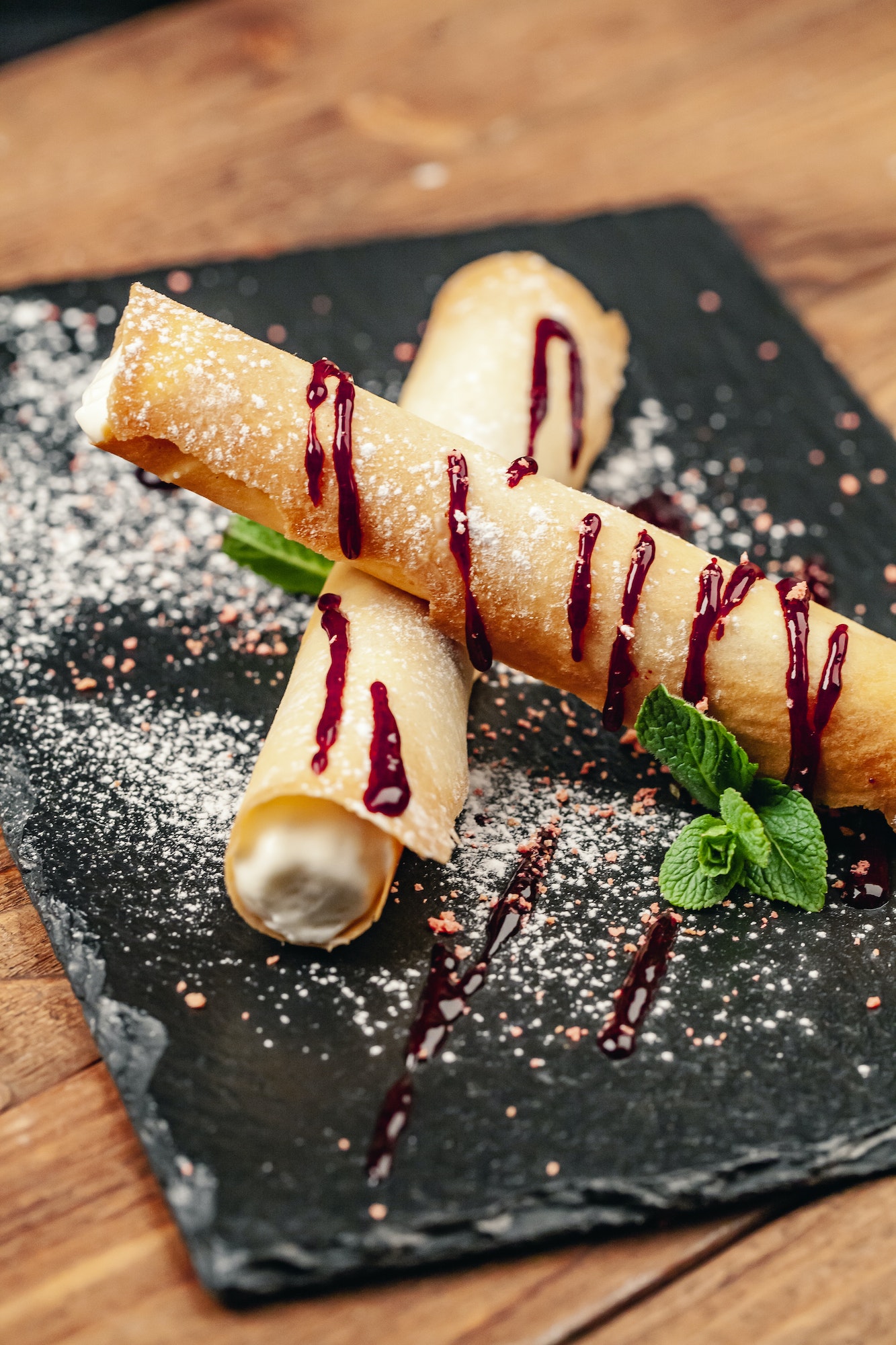The Middle Ages and the Renaissance were periods of great change and development in European history, particularly in the realm of food and cooking. The origins of haute cuisine can be traced back to these eras, as the culinary arts evolved from simple, rustic dishes to elaborate feasts that showcased the wealth and sophistication of the nobility.
During the Middle Ages, European society was largely agrarian, with most people living off the land. The main components of the medieval diet were grains, vegetables, and dairy products, with meat and fish consumed on special occasions. Spices were expensive and highly prized, as they had to be imported from Asia and the Middle East. This scarcity led to a high demand for spices among the wealthy, who used them to demonstrate their affluence and elevate their social status.
The concept of haute cuisine began to emerge during this time as noble households competed with one another to create the most lavish and exotic dishes. Medieval cookbooks, such as “Le Viandier” by Guillaume Tirel (aka Taillevent) and “Le Ménagier de Paris,” contained recipes that called for rare ingredients and complex techniques that could only be afforded by the upper classes. These works also emphasized the importance of presentation, with dishes often decorated with gold leaf or intricate sugar sculptures.
The Renaissance brought about further advancements in culinary arts, as trade routes expanded and new ingredients became available. The discovery of the New World introduced Europeans to foods like tomatoes, potatoes, corn, and chocolate – all of which would become staples in modern cuisine. At this time, Italy emerged as a center for culinary innovation, with chefs like Bartolomeo Scappi and Maestro Martino developing new recipes and techniques that would shape the future of fine dining.
In France, King François I is credited with bringing Italian Renaissance culture – including its culinary arts – to his country after his conquests in Italy. He hired Italian chefs to work in his court, which led to a fusion of French and Italian cooking styles. This blending of culinary traditions laid the foundation for the development of classic French cuisine, which would become synonymous with haute cuisine.
The Renaissance also saw the rise of the professional chef. Previously, cooking had been seen as a lowly task, relegated to servants and women. However, as the art of cooking evolved and gained prestige, men began to enter the profession. The first known cookbook written by a professional chef was “Opera” by Bartolomeo Scappi, published in 1570. This monumental work contained over 1,000 recipes and detailed instructions on food preparation, presentation, and service – solidifying the importance of the chef as an artist and professional.
As the Renaissance progressed, so too did the refinement of haute cuisine. The emphasis on presentation continued to grow, with chefs creating elaborate table settings and centerpieces for their feasts. Dishes were often served in courses, with each course showcasing a different aspect of the meal – from savory appetizers to sweet desserts.
The influence of the Middle Ages and Renaissance on modern haute cuisine cannot be overstated. The development of new ingredients, techniques, and dishes during these periods laid the groundwork for what would become one of the most revered forms of culinary art. Today, haute cuisine continues to evolve as contemporary chefs push the boundaries of flavor, presentation, and technique – all while honoring the rich history that has shaped this culinary tradition.

